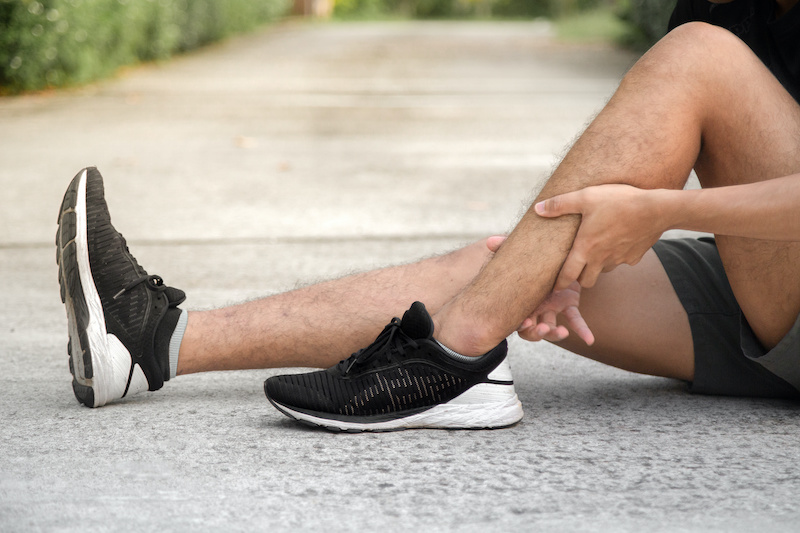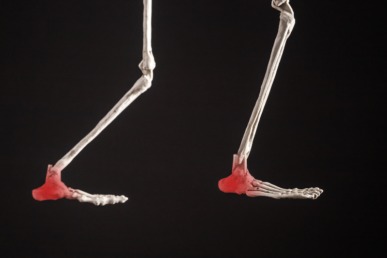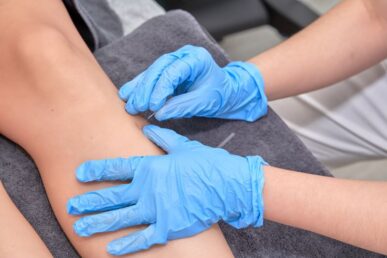Shin splints, or medial tibial stress syndrome, are a common complaint especially among new runners, those getting back to training after a break, or those significantly upping their running mileage. The bad news is, shin splints are painful. They lead to a dull, sometimes throbbing, soreness on the inner side of your shinbone and sometimes even swelling in the lower leg. The good news is, shin splints are not hard to treat, and in most cases, they don’t require a visit to the doctor.
Shin splints are a classic overuse running injury. They are caused by the pounding as you run, impacting the muscles at the shin and the connective tissue that attaches to the shinbone. When the muscles swell, they press on the bone and cause pain. If you keep running, the muscles will continue to swell, bringing the pain with it. In extreme cases, the continued pressure on the shinbone can cause cracks and even stress fractures.
But before you get to that point, here are three ways you can treat your shin splints at home:
1. Slow down
The pounding from running is what’s causing the shin splints, so you need to reduce it and give your muscles time to recover. If you’ve just started running, consider cutting back to walking your mileage, then walk-running until your legs improve. If you are a seasoned runner, scale back any recent mileage increases and allow two or three days between each run. You can keep up your fitness during this period by cross-training on a bike or in the pool. Water running is an excellent (and surprisingly challenging) way to work your running muscles without exacerbating the shin splints. You might also check your running shoes for good, running soles.
2. Ice
Ice your lower legs, not just after runs, up to eight times a day, no more than 20 minutes at a time. After several days of this, you should feel some relief.
3. Rolling your shins
Using a foam roller can help reduce inflammation and may help to alleviate shin splint pain. It can ease your throbbing legs while also working on soothing the muscles that are causing the pain. Spend about 2 minutes slowly rolling each leg on the sides and back. Start with rolling the calf first from the knee, all the way down to the ankle, and back up several times. Next, turn to roll the inside of the inner calf and side shin. Roll the outside of your calf and side shin using the same method. Last, roll the top of the shin by placing the foam roller between the ground and your shin.
If, despite taking these measures and reducing your time running, you still are suffering from shin splints, you may want to visit Dynamic Sports Medicine for myofascial release, acoustic compression therapy, or laser therapy. The doctor can assess to make sure the shinbones aren’t damaged, which is rare. With some restraint and the above home remedies, you should be back to running without pain in no time.





